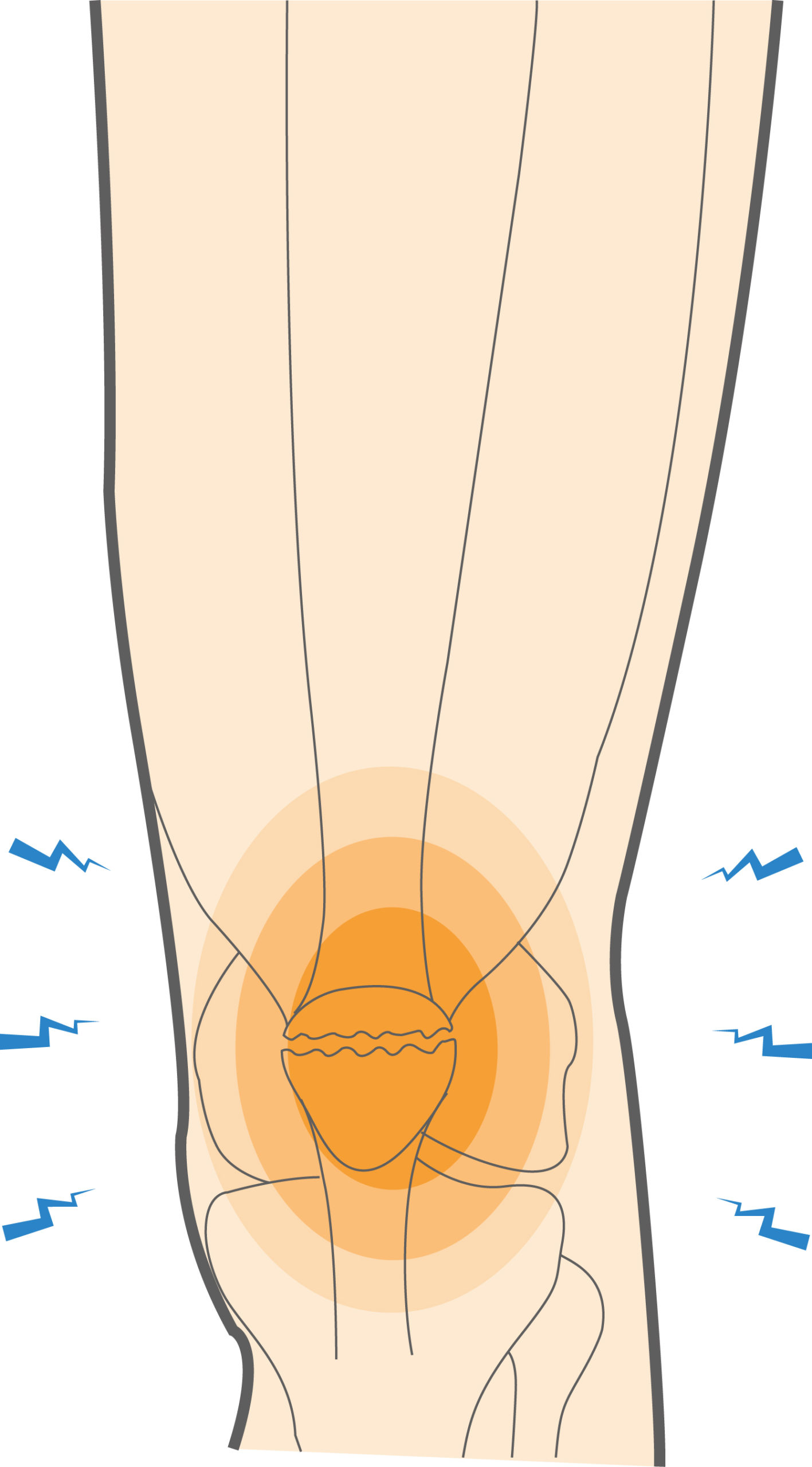Athletes with a suspected injury to their kneecap should immediately stop any further impact or exertion of the knee joint until they can be evaluated by a medical professional. This is important in helping you to avoid further injury. Patella fractures are often seen and diagnosed in an emergency room.
Your doctor will want to conduct a thorough interview by discussing your symptoms and medical history. These and other questions will help guide the diagnosis and determine treatment:
• When did pain in your knee begin?
• Did it follow an accident or sports injury?
• Is the pain over the kneecap?
Next, your doctor will conduct a physical examination to determine if there is swelling and bruising in the front of the knee. He/she will want to conduct a “straight leg raise test,” which will require you to try to raise your leg while lying down with your legs straight. Patients with a more serious, displaced patella fracture are unable to perform this movement.
After a physical examination, your doctor will order diagnostic tests. X-rays, taken from multiple angles, give doctors a full picture of the kneecap to determine the extent and location of the fracture and to check for other injuries. Other types of medical imaging, such as magnetic resonance imaging (MRI) and bone scans, are usually not necessary, but available if needed.


